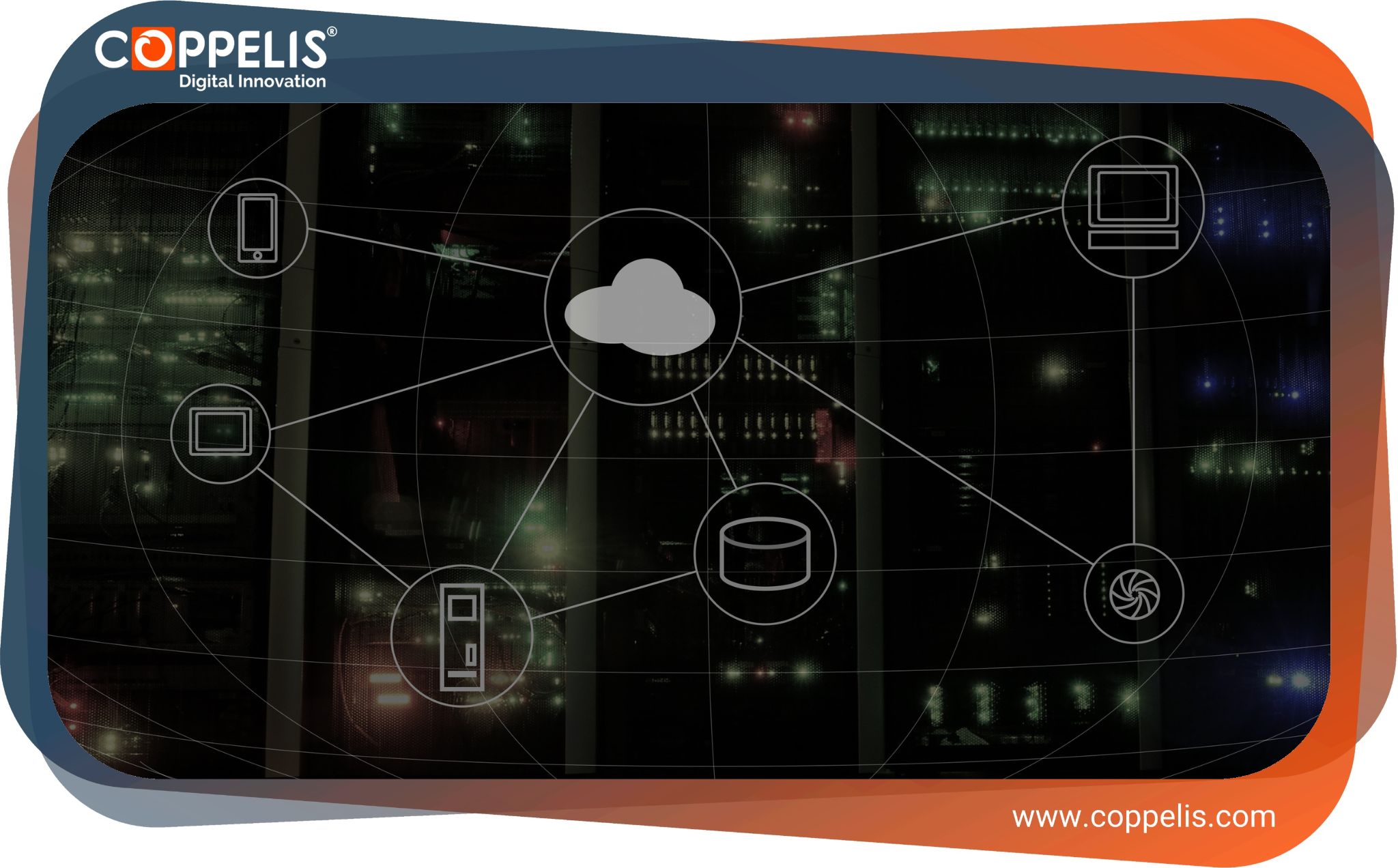Modern cities face mounting pressure to manage resources efficiently, reduce emissions, and deliver better services to growing populations.
Automation and the Internet of Things (IoT) are emerging as powerful tools to meet these challenges, transforming urban environments into smart, responsive ecosystems.
1. Smart Cities: Where Automation Meets IoT
A smart city integrates digital technology into its infrastructure—transportation, utilities, energy, and public services.
Automation streamlines processes, while IoT provides real-time data from interconnected sensors and devices.
Together, they enable proactive decision-making, predictive maintenance, and energy optimization, creating more livable and sustainable cities.
2. Energy Efficiency and Sustainability
IoT-enabled grids and automated energy systems help balance supply and demand. Smart meters and building management systems track consumption patterns, allowing utilities to automatically adjust distribution.
This reduces waste, lowers costs, and cuts carbon emissions, a key step toward climate-resilient cities.
3. Intelligent Mobility and Traffic Flow
Traffic congestion is a major urban pain point. IoT sensors embedded in roads and public transport systems feed live data to automated traffic lights and smart routing platforms.
Cities like Singapore use these systems to dynamically reroute traffic, reduce fuel consumption, and improve commuter experiences.
4. Waste and Water Management
Automated waste bins equipped with IoT sensors signal collection teams only when full, cutting unnecessary truck routes.
Similarly, smart water meters detect leaks instantly, conserving resources and preventing costly damage. These data-driven systems reduce operating expenses and environmental impact.
5. Predictive Maintenance for Infrastructure
Traditional maintenance is reactive, often leading to costly breakdowns.
IoT devices monitor bridges, roads, and public buildings, alerting teams before issues escalate.
Automation schedules repairs efficiently, extending infrastructure lifespan and improving public safety.
6. Public Safety and Emergency Response
Automation and IoT strengthen urban security. Smart surveillance, automated alerts, and connected emergency services reduce response times.
For example, AI-driven video analytics can detect unusual activities and automatically notify authorities, enhancing citizen protection.
7. Challenges and Considerations
Despite the benefits, cities must address data privacy, cybersecurity, and infrastructure costs.
Implementing robust security protocols and transparent governance is essential to build public trust and safeguard sensitive data.
8. The Path Forward
As 5G networks expand, IoT devices will communicate faster and more reliably, unlocking advanced automation opportunities.
Public-private partnerships, open data policies, and citizen engagement will be key to scaling these innovations citywide.
Key Takeaway
Automation and IoT are not futuristic concepts; they are practical solutions driving urban efficiency today.
From smart grids to connected mobility and predictive maintenance, these technologies empower cities to be cleaner, safer, and more sustainable—creating urban environments that truly work for their residents.


